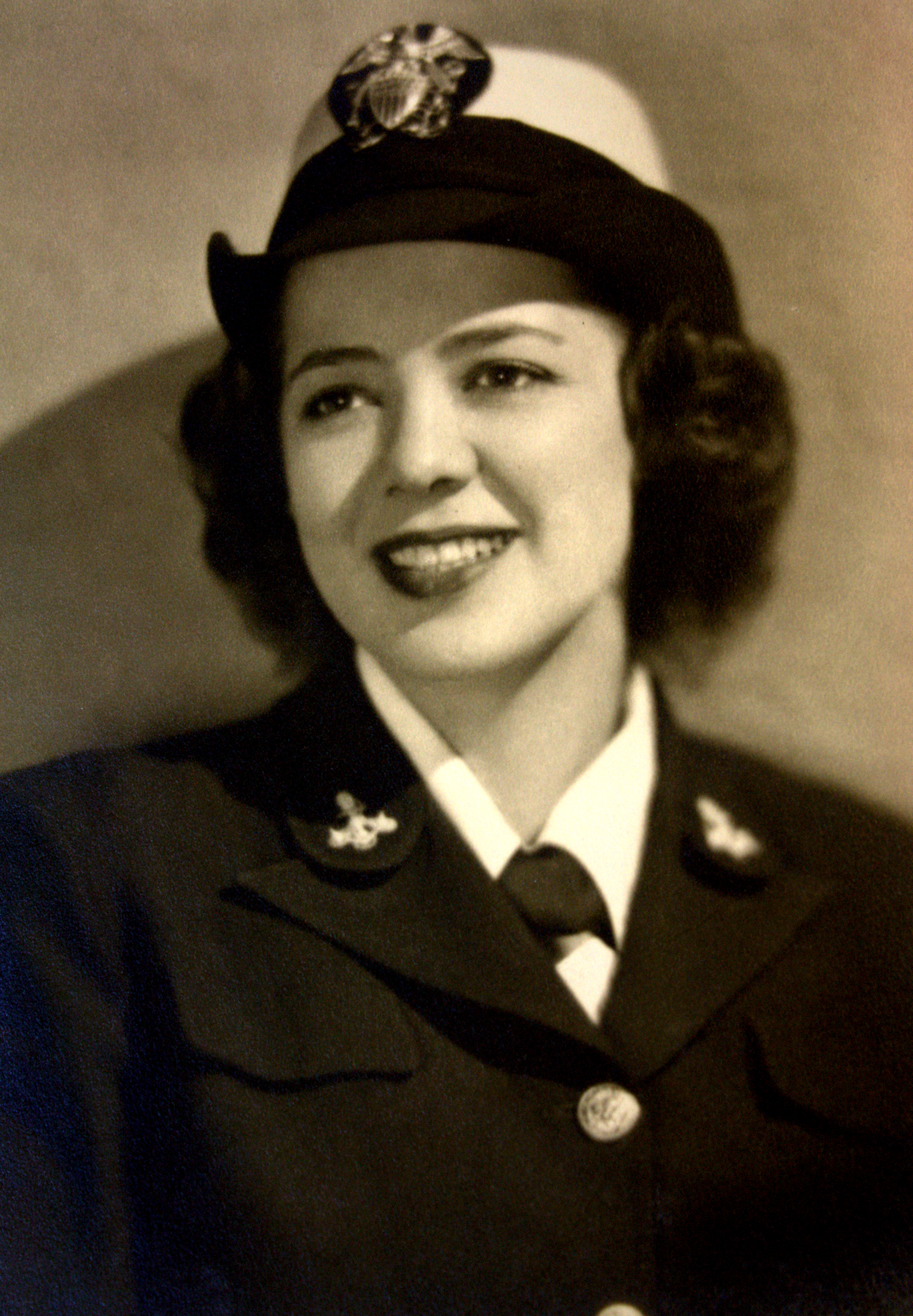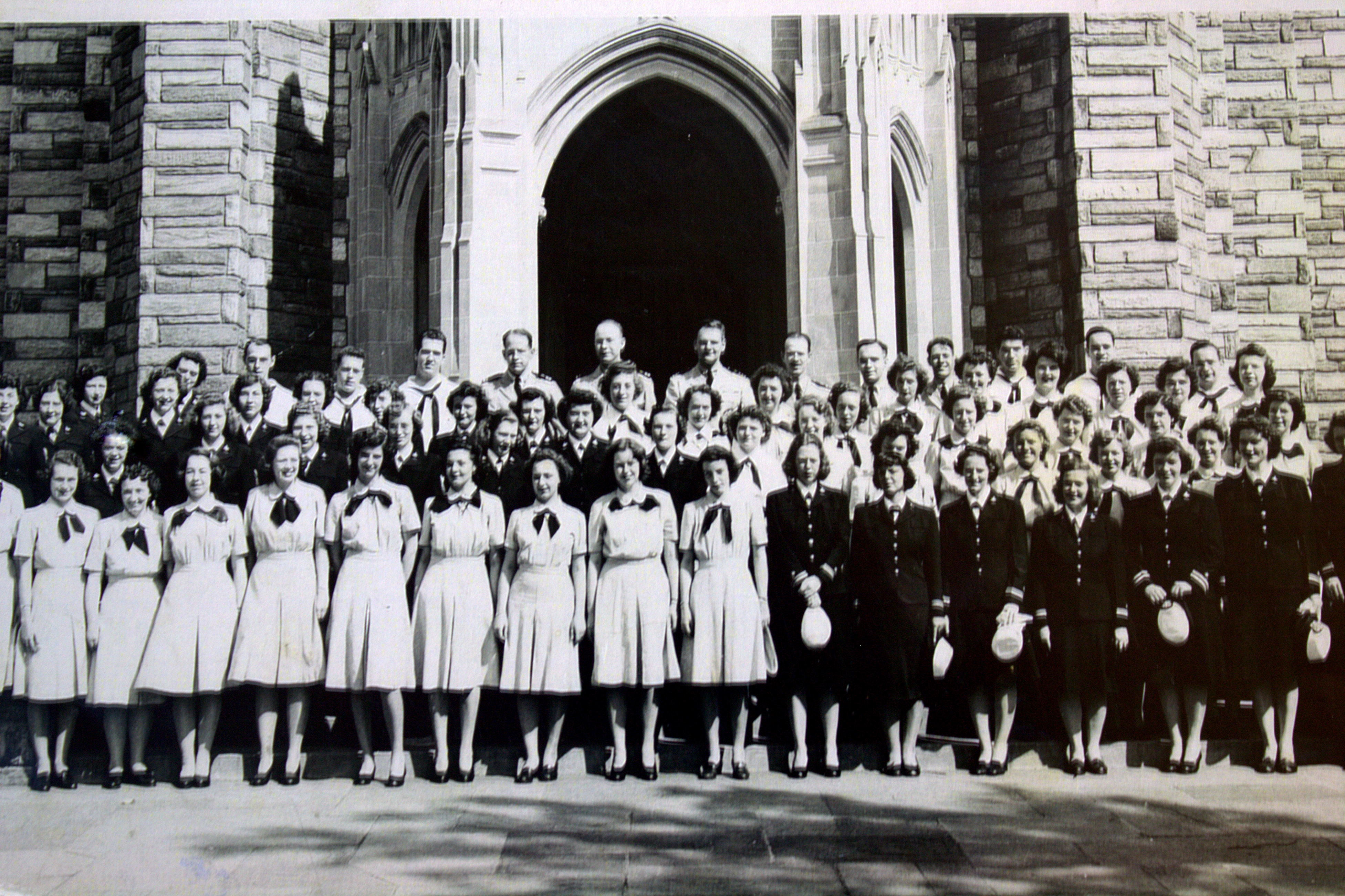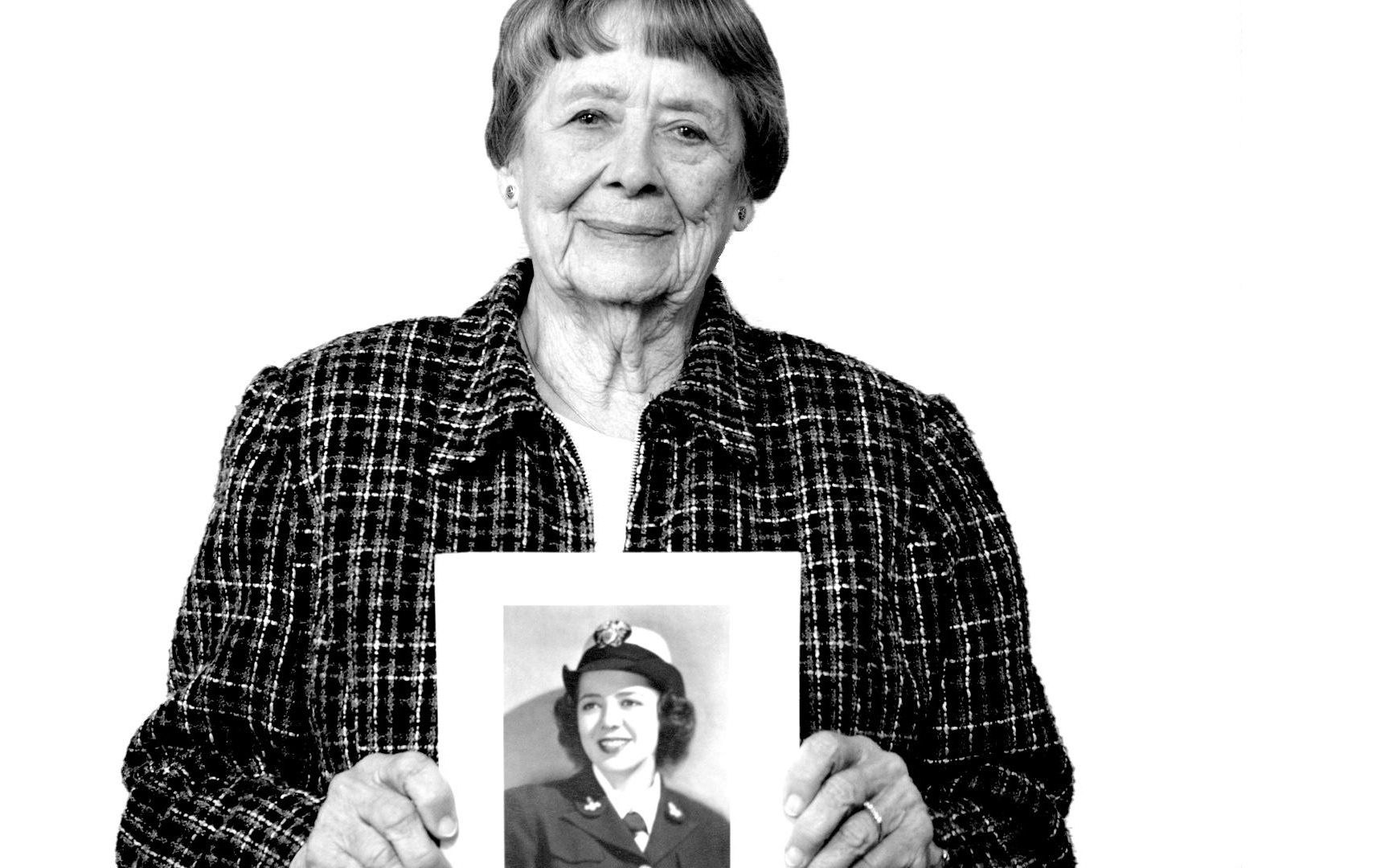“It was difficult because once you’ve done something really fascinating, it’s pretty hard to get back into the routine of scrubbing floors and cooking meals,” Julia Parsons, a former Navy WAVES lieutenant, told HistoryNet.
In 1942, the then-21-year-old Parsons was part of the secret Allied battle of cracking the seemingly impenetrable Kriegsmarine naval code.
“There’s a bit of a misnomer, in that Bletchley Park is often discussed as the primary center where German codes and ciphers were being broken down,” Cmrd. David Kohnen, a historian at the Naval War College, told CNN. “In fact, after 1943, most of that work was being done in Washington, D.C., at Nebraska Avenue by WAVES like Ju[lia].”
By 1942, the war’s longest campaign, the Battle of the Atlantic, was reaching a fever pitch. “Unbeknownst to the British,” writes Mark Grimsley for World War II magazine, “German cryptanalysts had cracked the Royal Navy codes before the war and had read British naval traffic for more than two years. Germany, for its part, utilized Enigma — a complex enciphering machine considered impossible to decrypt if the correct procedures were used to protect it.”
Between February and November 1942, over 5.6 million tons of Allied merchant shipping were lost to German U-boat attacks, greatly endangering Britain’s war efforts. In his memoirs, British prime minister Winston Churchill later confessed, “The only thing that ever really frightened me during the war was the U-boat peril.”
For women like Parsons, the war was an opportunity to serve in ways previously unheard of. “This was a very patriotic time in the country,” she told HistoryNet. “Everybody did something. Everybody was patriotic. It was a beautiful time for that kind of thing.”
At the American entry into the war, the recent Carnegie Mellon graduate was working in an Army ordnance factory when she saw a Navy WAVES advertisement and decided to enlist.

“I saw in the paper one night that the Navy had opened its doors to women who had graduated from college. You could go right to Smith College and get your officer degree and become a member of the Navy. That sounded good to me, so I put in my application, I was accepted, and off I went,” said Parsons.
Traveling to Washington D.C. in 1942, Parsons was ultimately selected to serve in the OP-20-G, (Office of Chief of Naval Operations, 20th Division of the Office of Naval Communications, G Section), whose mission it was to decode and translate enemy communications.
Parson’s two years of high school German landed her in a communications annex deciphering German U-boat transmissions in the Atlantic.
“I could never have done much with [my German], I’m sure,” she quipped.
During the war the German Wehrmacht and Luftwaffe codes proved relatively easy to break due to “rampant neglect of good communication procedure,” according to Grimsley. The Kriegsmarine proved to be more complicated, made all the more difficult in 1942 with its switch to Triton, a more complex Enigma variant.
By fluke, that was about to change, however. In October 1942, two British destroyers forced the German U-559 to the surface in the eastern Mediterranean Sea.
As the German crew abandoned ship, British sailors frantically grabbed all the documents they could. Among them were the keys the Allies needed to break the Triton code. From there, the Battle of the Atlantic dramatically shifted to the Allies’ advantage.
According to military historians Allan R. Millett and Williamson Murray, “Ultra’s contribution to the antisubmarine battle now became the most significant intelligence victory of the war, and the only episode in which intelligence alone had a decisive impact on military operations.” Without the cracking of the German naval code, historians estimate that the war might have been extended by as much as two years, costing the lives of hundreds of thousands more Allied soldiers.
Working with British cryptologist Alan Turing’s massive “Bombe” machine, a precursor to the computer, Parsons and her fellow WAVES worked around the clock to decode enemy messages.
The Enigma machine “could not be broken manually,” Parsons said. “We hoped we could decide what it said and then run it through the machine backwards in order to get the right settings on the machine to do the rest of the code for the day.”
“It was very frustrating when you think you have something and you don’t,” Parsons continued. “And meanwhile, you don’t know where the submarines had gone. You just kept working and hoped that you could get something that would enable breaking the code.”
Not all the messages decrypted were used to locate and destroy enemy targets. Oftentimes personal messages — happy birthdays, birth, and death notices — were embedded in the communication traffic. The more humanizing messages made Parsons feel as though she knew many of the U-boat skippers.
“There are a lot of dummy messages too,” said Parsons. “They kept them coming rapidly.”
By war’s end the Germans got uncharacteristically sloppy. “There was this one little message the same length, the same time every day,” Parsons recalled. “So we checked back to when we had broken the code week or so before. The message not only fit, it fit perfectly. They didn’t change the wording, they didn’t change the time, they didn’t change anything except the day.”

“The war was over within two weeks because then we could read their messages every day,” she continued. “It was their own ill-doing that did them in.”
Parsons’ service was deemed so classified that the threat of death was impressed upon her — a threat that continued even after her discharge. “It was an odd time. I felt it was demeaning to do housework when I knew I was capable of something else… I couldn’t talk about what I did. But then again, nobody asked.”
Parsons kept her cryptologist past a secret, even from her family, for more than half a century. It wasn’t until 1997, upon visiting the National Cryptologic Museum at Fort Meade, Maryland, that she learned that her wartime service had been declassified some 20 years earlier.
It was only then and only then that she began discussing her time as a Navy WAVES.
Parsons, who turns 100 on March 2, told HistoryNet that she enjoyed her time during the war.
Even on his deathbed German Admiral Karl Dönitz “still insisted we could not have been reading his code,” Parsons remarked with a small smile. “But we did.”





